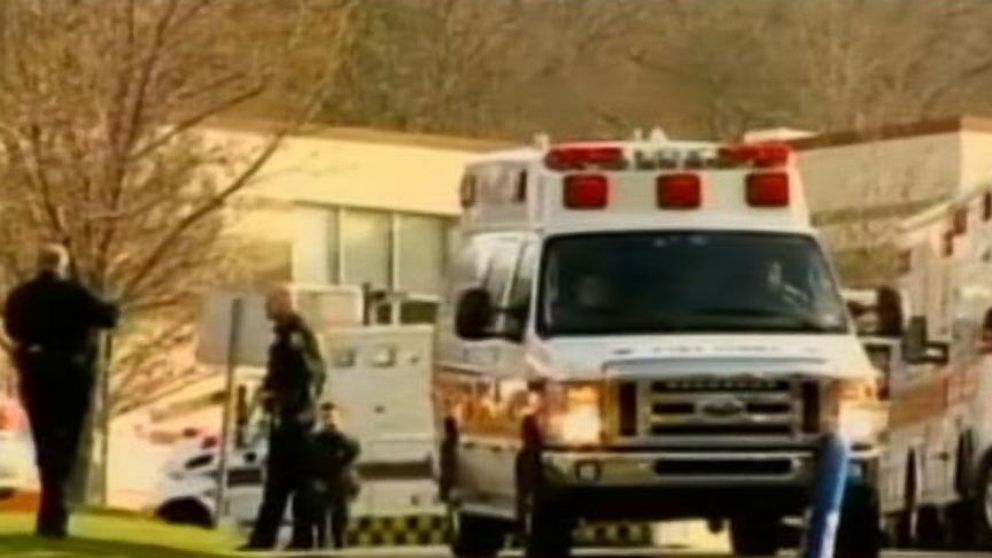
Even five years after the student leaves, school districts would only be able to recover 44-68% of the costs of charter tuition for each student who left for a charter school. Although the negative financial impact was expected to decrease over time, school districts were never able to recover savings that equaled or surpassed what the district paid in charter school tuition. And, the district would have to maintain enough books and educational supplies for those students in case they decide to return to the district school.Ī 2017 study of the financial impact of charter expansion conducted by Research for Action found that impact of students leaving the district for charter schools, both short term and long term, was consistently negative due to stranded costs. Transportation routes to their buildings would remain unchanged, so the number of drivers, buses and fuel costs remain the same. The district would not be able to reduce its teaching staff, building space, maintenance or utility bills. Where would the school district be able to reduce costs? They can’t.

If five of those students leave the elementary school for a charter school, those students are taking with them as much as $21,000 each (depending on the school district’s tuition rate and assuming none of them are special education students). In the elementary school, those students are divided into two classrooms of 25. Imagine a school district elementary school with 50 children in its 3rd grade class at the start of the 2020-21 school year. Second, there are stranded costs that stay with a school district even after a student leaves for a charter school. This results in school districts absorbing entirely new educational costs. On its face, it would seem that school districts could reduce their costs when students transfer to charter schools, but that is not the case for several reasons.įirst, charter schools not only attract students from school district schools, but also from private schools and home-school programs. Since 2007-08, charter school tuition costs have grown by more than $1.9 billion, or 327.6% while charter school enrollments have only increased 151.6%. The cost of charter schools for school districts continue to grow. More than $1 billion of that total was tuition to cyber charter schools, which is $594 million more than what school districts spent on all student activities such as athletics and extracurriculars. To put that into perspective, that would pay the average salary of 31,100 teachers and is more than 3.9 times what school districts spent on providing students with career and technical education programs.

In 2020-21, total charter school tuition payments (cyber and brick-and-mortar) were more than $2.6 billion. This includes students who enroll in a charter school and were previously home-schooled or attended a nonpublic school, even if the students were never enrolled in the school district. School districts are required by law to make a tuition payment to a charter school for every student residing in the school district who enrolls in the charter school. The Pennsylvania Cyber Charter School (PA Cyber) is a public cyber charter school and the premier online K-12 educational provider for Pennsylvania students and their families.While it is true that the families of children who attend charter schools do not pay any tuition directly to the charter school, students attend charter schools at public expense. The Pennsylvania Cyber Charter School PA Cyber PA Cyber MySchool Student and Parents Resource LOOK FOR MORE INFORMATION ON THIS TOPIC IN THE NEAR FUTURE. In addition to providing you with the most up-to-date information regarding school announcements, it details course schedules and due dates, tracks your child’s attendance, and provides you with all … … For Parents: MySchool is a powerful tool to stay informed and engaged in your child’s education.

Welcome to the PA Cyber’s MySchool Portal.


 0 kommentar(er)
0 kommentar(er)
